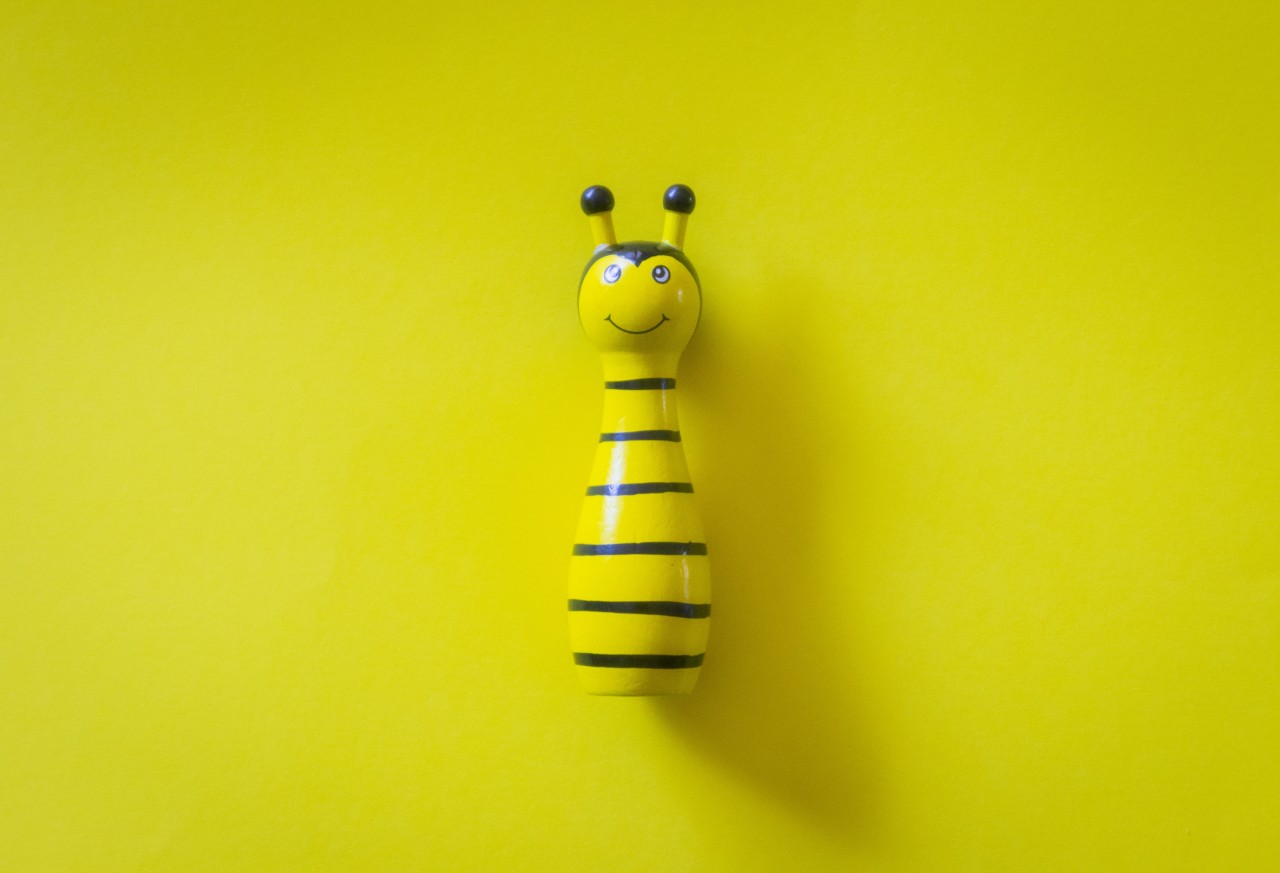Classifying Bee Images
DTLab Project with EnBeeMo/ Dep. 04

Problem
The client of the EnBeeMo Classification Project was the Systems Engineering Laboratory of HM's Department 04 (Electrical Engineering and Information Technology). In the previous challenge "EnBeeMo", a basic methodology was developed to record the incoming and outgoing bees of a beehive with methods from the field of machine learning. The basis for this was information from the infrared images of a beehive.Students of the Department 07 (Computer Science and Mathematics) were to build on this work in teams. During their practical training as part of their course "Deep Learning", the method was further optimised to locate bees as accurately as possible.Deep Learning deals with solving complex tasks with the help of deep neural networks. Simplified abstractions of neurons arranged in parallel are sequentially interconnected in a large number of layers. The connection strength between the neurons is variable and can be adjusted with the help of a weight - which usually leads to a large number of parameters to be optimised. The architecture of the networks themselves as well as the structure of the individual neuronal layers (in the simplest case the number of layers) and the optimisation methods involved can usually be configured via so-called hyperparameters. The aim of the challenge was to examine the influence of these hyperparameters on the recognition performance in this application.
Procedure
After the theoretical introduction to the basics of Deep Learning during the lecture period, the handling of the corresponding programming frameworks (depending on the choice: Python with Tensorflow or Pytorch) was practised in the accompanying practical course using examples. The study period with examples didn't last too long and the EnBeeMo application scenario was quickly introduced as a real project in the practical course - together with the aforementioned problem.To speed up a wide variety of deep learning tasks (e.g., training: optimising weights between neurons or inference: applying the model to a given input), powerful graphics processors can be used as assistants. The students were given access to a SageMaker instance hosted in AWS, which was equipped with enough computational resources to perform deep experiments regarding hyperparameter optimisation.
Innovation in action
Working in groups, mostly teams of three, the students developed their own proposed solutions in the form of Python notebooks in AWS SageMaker, evaluated their models using recognised performance metrics and experimented with the hyperparameters. They also produced a four-page paper in which they recorded and evaluated their findings.
Next steps
As a next step, the results of these papers and the associated code could be used to develop a powerful and real-time capable bee recognition model for the EnBeeMo. Furthermore, the findings of the hyperparameter optimisation and of the associated sensitivity analysis - i.e. the quantitative measurement of the influence strength of the hyperparameters on the model performance - could be used to improve the optimisation process itself.
Department: Computer Science and Mathematics
Professor: FK07 / Prof. Dr. David Spieler
Challengegiver: FK04/EnBeeMo Project
Date: 12.02.2021
Supporting documents
As part of the challenge, each of the seven teams created a sourcecode and a paper. These documents are shared on our Github pages.